Israel killed Yahya Sinwar by forcing him from the tunnels of Gaza
The IDF attacked strategic underground complexes in Gaza, pushing Yahya Sinwar to leave the safety of Hamas’s labyrinth. Finding his DNA showed they were in the right location.
In the hunt for Hamas militants in the tunnels beneath southern Gaza, Israel’s 98th commando division found a compound in February with a kitchen, sleeping quarters and a bathroom with a tiled wall depicting a beach sunset.
Whoever was staying there had recently fled, one of several times Israeli soldiers came in striking distance of Hamas leaders.
For the next nine months, Israel’s number one target, Yahya Sinwar, architect of the Oct. 7 attacks last year, remained elusive, a ghost in the subterranean darkness. “It doesn’t matter how many tunnels there are, ” said then-Brig. Gen. Dan Goldfus at the time. Israel would get him, he said.
The Wall Street Journal found that even before the Oct. 7 attacks, Israel considered killing Sinwar, who was seen as a national-security threat, according to people involved in the plans. Israel at turns failed to find the right moment or pulled their operations when officials disagreed on the mission, the people said.
After Hamas militants killed 1,200 people and kidnapped around 250 others in October last year, there was no longer disagreement.
So began one of Israel’s biggest military and intelligence operations, led by Israel’s internal security agency, Shin Bet, and carried out by the Israeli military with help from U.S. intelligence agencies.
Sinwar for months blunted the technological and intelligence-gathering prowess of Israel and its allies. He used rudimentary, untraceable communications and trusted only people closest to him. Sinwar also commanded miles and miles of subterranean tunnels.
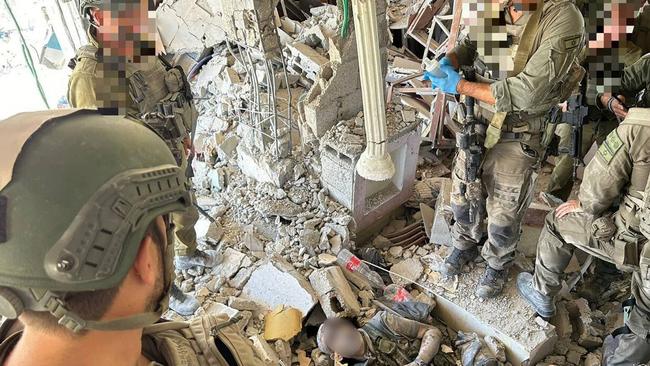
Arab negotiators offered Sinwar an escape in exchange for allowing Egypt to negotiate for the release of the hostages on behalf of Hamas, but he declined. Sinwar clung to the hope that the conflict he ignited might draw in Iran and its proxy in Lebanon, Hezbollah, setting off a regional war against Israel – a possibility that remains.
“I’m not under siege, I’m on Palestinian soil,” Sinwar told Arab mediators in a defiant message, previously unreported, soon after the war began. The conflict has yielded more than 42,000 deaths in Gaza, according to Gazan health authorities, whose figures don’t say how many were combatants.
In the months that followed, Israel’s military closed in on Hamas’s underground labyrinth, destroying strategic tunnel complexes. The Journal found that the tactic forced Sinwar to surface. With ever-fewer places to hide, he spent more time above ground, in the Tel al-Sultan area of Rafah in southern Gaza, according to Israeli officials and Arab mediators communicating with Hamas.
Israel didn’t know Sinwar’s exact location but it deployed forces to hunt him there. On Oct. 16, Israel’s strategy to flush Sinwar out of the tunnels led to his killing, enabled by the skills of war and aided by chance.
This account is based on interviews with Israeli, U.S., Hamas and Arab officials, as well as documents and footage the Israeli military found in Gaza, books written by Sinwar, and his communications over a year with Arab mediators and Hamas officials.
Gathering storm
Israel’s leaders for years had viewed Sinwar as a bombastic figure but not an imminent threat. That changed in late May 2021. Hamas had fired missiles at Israel from Gaza for days, and Israel retaliated with air strikes.
Some Israeli leaders suggested killing Sinwar, who was then-head of Hamas’s Gaza wing, along with his military chief Mohammed Deif, according to Israeli officials familiar with the decision. Prime Minister Benjamin Netanyahu authorised attempts to kill the two men in air strikes, but the efforts failed.
After a ceasefire in the 2021 conflict, Sinwar was photographed on a sofa in the rubble of his home with a grin, a scene published in Israeli newspapers.
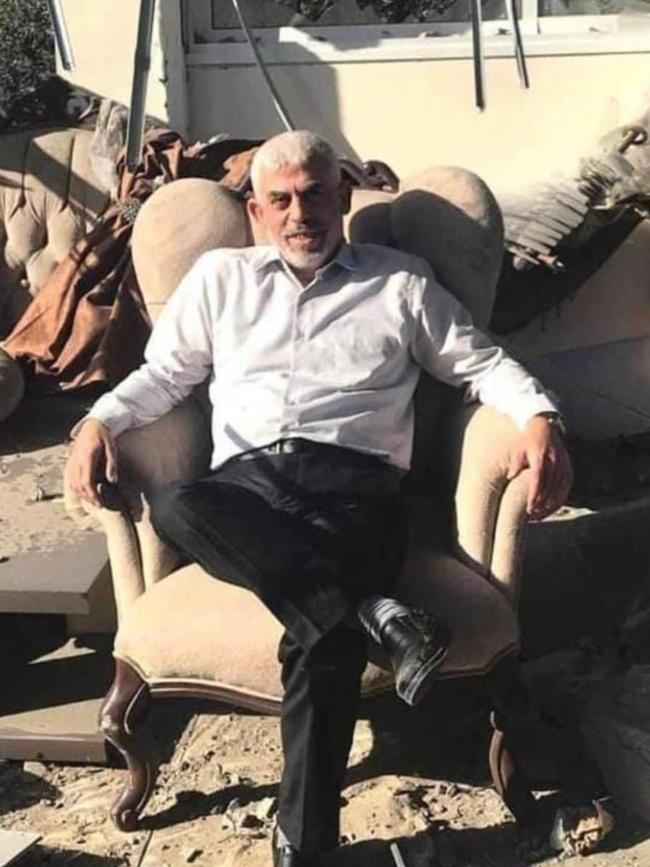
In June that year, Netanyahu’s government collapsed, and Naftali Bennett, a right-wing former Israeli commando, became leader. He, too, was eager to launch an operation against Sinwar, people familiar with the matter said.
But officials were split. Israeli officials largely believed that Hamas was deterred, and Sinwar was focused on governing Gaza.
In April 2022, after clashes between Israeli police forces and Palestinians in Jerusalem, Sinwar called on Arab citizens of Israel to prepare for a religious war and to kill Israeli Jews – with cleavers, axes and knives if necessary.
Again, Bennett proposed killing Sinwar, telling security agencies to plan for an operation that summer, one of the people aware of the discussions said. In June, Bennett’s government collapsed, and many top Israeli leaders concluded that Sinwar could be contained.
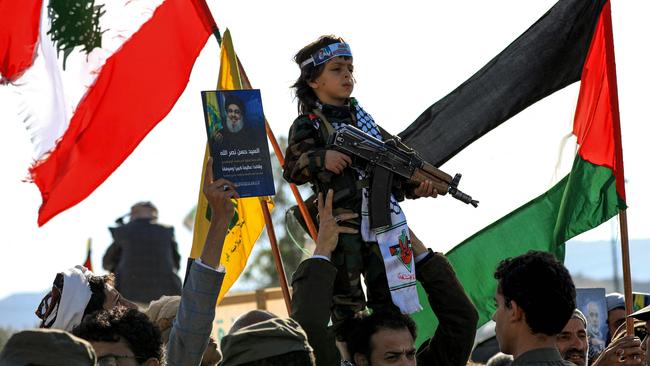
Deadly day
On Oct. 7, 2023, nearly 3,000 militants, most of them from Hamas, breached the border fence between Israel and Gaza on paragliders, pick-ups and motorcycles. Wearing black fatigues and carrying assault rifles, they targeted military facilities and unarmed civilians, killing parents in front of children and gunning down hundreds of young people at a music festival.
The militants returned to Gaza with roughly 250 hostages.
Israel put every available resource into the hunt for Sinwar. Shin Bet worked with the military to try to locate him, and the CIA set up a task force to analyse and share intelligence with Israel, people familiar with the matter said.
Intelligence officers analysed information gathered from Palestinians interrogated in Gaza, as well as materials seized at Hamas command posts.
Sinwar had moved many of the kidnapped hostages to the subterranean maze beneath Gaza – hundreds of miles of concrete-reinforced tunnels built by Hamas before the war.
Footage released by the Israeli military later showed Sinwar taking his wife, daughter and two boys – both dressed in soccer jerseys – into a tunnel in Khan Younis, Sinwar’s hometown. They carried bedding and bags of food.
RAW FOOTAGE of Sinwar just hours before the October 7 Massacre: pic.twitter.com/Rzft92TW16
— Israel Defense Forces (@IDF) October 20, 2024
Margalit Moses, a 78-year-old hostage who was later released, told the Journal that Sinwar appeared where she was being held underground in Khan Younis during the early days of the war. She recalled him telling captives that he meant them no harm and that they served as his bargaining chips to free Palestinian prisoners from Israeli jails.
Above ground, Israeli forces levelled buildings and deployed soldiers to find tunnel entrances. Outside Gaza, the U.S. embedded military and intelligence officials with Israelis, including experts in mapping underground military complexes.
In the dark
In December, Israeli soldiers secured the grounds of Sinwar’s home in Khan Younis. Five soldiers, holding rifles, took a picture of themselves on a sofa outside, mocking Sinwar’s 2021 photo. Below ground, Sinwar remained defiant.
“Our fighters have shattered the occupation army,” he said in a message, viewed by the Journal, to Hamas’s political wing in the Qatari capital Doha.
On Jan. 2, Saleh Arouri, the deputy head of Hamas’s political bureau, was killed in an Israeli strike in Beirut. To better cloak his movements, Sinwar began changing the way he communicated. He used aliases and relayed notes only through a handful of aides and via codes, switching between audio messages to intermediaries and written missives.

Shin Bet detained relatives of Hamas commanders in Gaza on suspicion of militant activities, and they provided intelligence about Sinwar. Soon, Israeli forces went below ground in Khan Younis, raiding Hamas’s tunnel network.
Israeli troops battled Hamas soldiers to gain entrance to the tunnels. They sent in dogs with cameras to sniff out humans and to catch sight of bombs or drones operating in the subterranean spaces. Troops arrived at one underground complex moments after Sinwar had fled. He left behind a cup of coffee, still hot. Raids found safes holding the equivalent of $1 million.
“We are learning, feeling our way in the dark,” said Goldfus, the Israeli commander who led the underground offensive in Khan Younis.
“Our enemy is fleeing,” he said at the end of January.
Audacious entry
Israel began to understand that some tunnels were more important to Hamas, Goldfus said, either because they formed crucial links to other parts of the labyrinth or because they held underground compounds.
If soldiers reached those particular tunnels, he said, they would find Sinwar and the hostages. “They thought we wouldn’t have the means, capability or audacity to enter these tunnels,” he said, “but we did.”
As Arab mediators tried to speed up ceasefire talks, Sinwar urged his comrades in Hamas’s political leadership based outside of Gaza to refuse concessions. High civilian casualties would create worldwide pressure on Israel, Sinwar said in a message.
In March, Israeli commandos seized another compound connected to Sinwar. They found uniforms, vests, submachine guns, binoculars and a laptop.
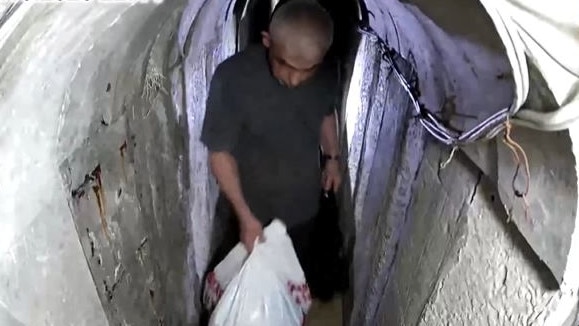
Again, Sinwar messaged Hamas officials, urging them to refuse a hostage deal. Hamas had the upper hand in negotiations, Sinwar said, citing internal political divisions within Israel, cracks in Netanyahu’s wartime coalition and mounting U.S. pressure to alleviate the suffering in Gaza.
“We have to move forward on the same path we started,” Sinwar wrote. From spring through summer, the hunt for Sinwar appeared to stall. In July, Israel received intelligence that Deif, the head of Hamas’s armed wing, had emerged from the tunnels. He was killed in an massive air strike in western Khan Younis that included eight 2,000-pound bombs.
Later that month, Israel killed Ismail Haniyeh, the head of Hamas’s political bureau with a bomb at a military-run guesthouse in Tehran.
In August, Sinwar became overall leader of Hamas, a role he had played since Oct. 7. He immediately pointed the group toward a more violent ideology.
In early September, Israeli soldiers found six dead hostages, including an Israeli-American, in a tunnel in the Tel al-Sultan neighbourhood of Rafah. Nearby, the Israeli military said it found traces of Sinwar’s DNA in an underground room with a TV and sofa.
To Israel, that meant Sinwar wasn’t far. Israeli officials believe he had fled Khan Younis after the Israelis destroyed many of the tunnels beneath the city.
Also in September, Israel intensified an air campaign against Hamas’s ally, Hezbollah, mounting an attack with exploding pagers and later launching a strike that killed the Lebanese militia’s leader, Hassan Nasrallah.
Soon after the killing, Sinwar delivered a message to Hamas’s political leadership outside of Gaza. He said the group was likely to now face greater pressure to compromise but shouldn’t, according to Arab mediators.
He also began preparing for his death, advising Hamas members that Israel would likely offer concessions to end the war after he was gone. In negotiations with Israel, he said, Hamas would be in the stronger position, according to Arab mediators familiar with his messages.
He recommended that Hamas appoint a council of leaders to govern and manage the transition following his death, the mediators said.
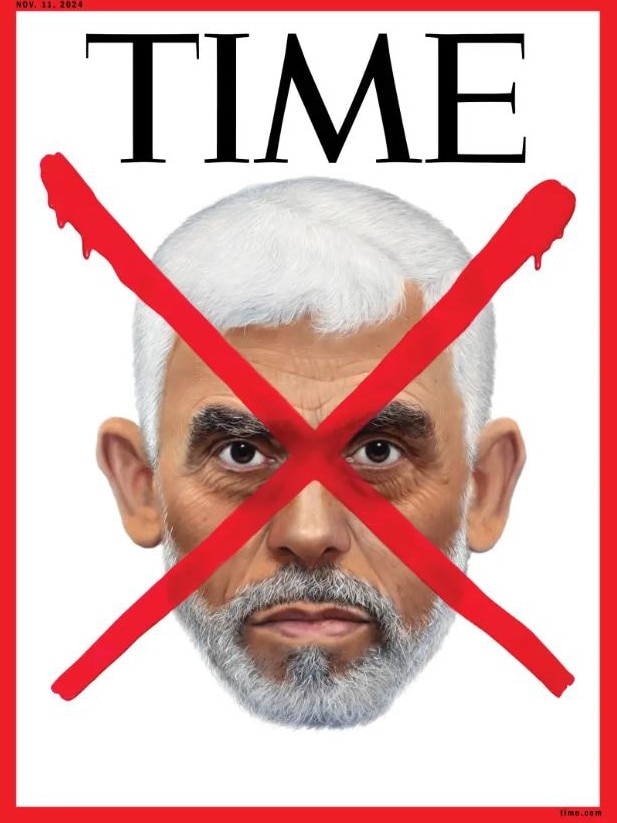
Endgame
On Oct. 1, Iran launched a ballistic missile assault on Israel in retaliation for the attacks on Hezbollah. Israel promised to respond.
The regional war that Sinwar hoped would ignite when he launched the Oct. 7 attacks appeared closer than ever – if he could stay alive.
Two days after the Iran attack, an Israeli air strike targeted an underground compound in northern Gaza, killing Rawhi Mushtaha, Sinwar’s closest confidante. The two men had set up Hamas’s internal security force in the 1980s and later shared a cell in an Israeli prison. In 2011, they were released in a prisoner swap and rose together rising through the ranks of the militant group.
Mushtaha’s killing was a sign the Israelis were getting close to Sinwar. This month, Israel’s disruptions of Hamas’s tunnel network forced Sinwar to go above ground, according to Israeli and Arab officials, making him more vulnerable to a stroke of bad luck.
On Oct. 16, a group of Israeli soldiers training to be squad leaders spotted three Hamas militants trying to walk without being seen. The soldiers engaged in a firefight with the men, who scattered for cover in bombed-out buildings. The militants fired bullets and grenades, injuring one Israeli soldier.
One militant fled to a building where soldiers sent in a reconnaissance drone. In a scene captured on video, a man sat in a chair for a bit and then threw a block of wood at the drone.
A tank accompanying the soldiers fired on the building, and it collapsed. Other soldiers returned the following morning. They found the man half-buried in rubble, wearing sneakers, civilian clothes and a combat vest. On his neck, he wore a keffiyah, the symbol of the Palestinian cause. He looked like Sinwar, and Israel’s top military brass was summoned.
At around 5.30pm, Israeli military chief Herzi Halevi visited the site. The body hadn’t been moved, according to an Israeli army reservist who saw it.
By then, it was clear: Israel had killed Sinwar.
The Wall St Journal





To join the conversation, please log in. Don't have an account? Register
Join the conversation, you are commenting as Logout